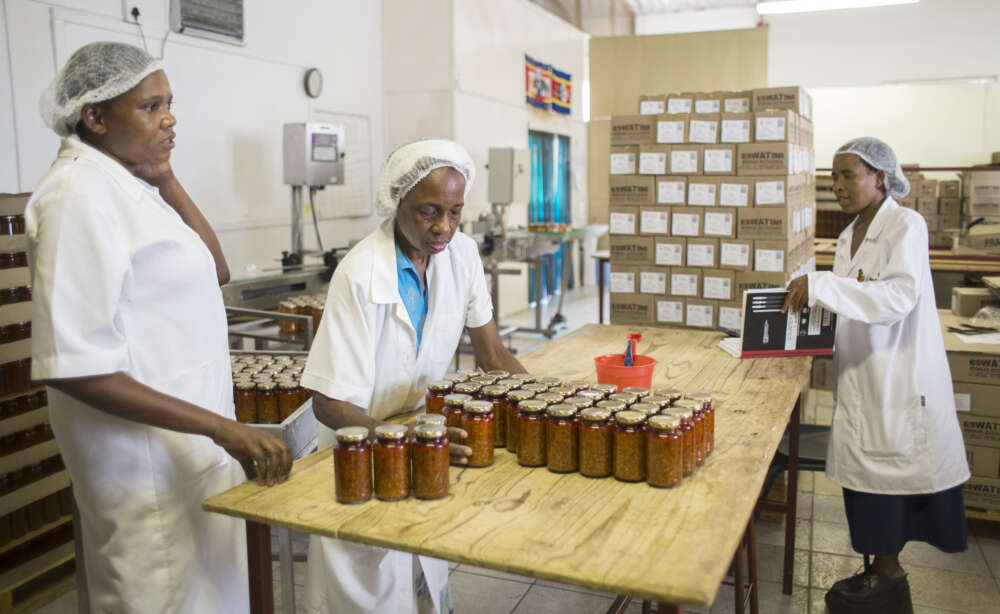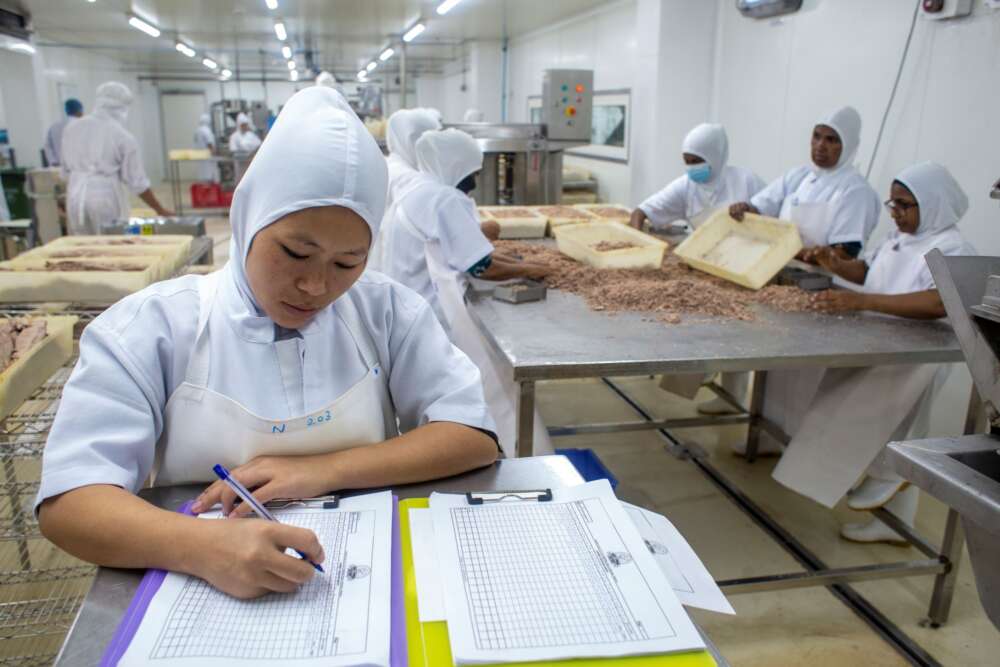University of Guelph food scientists have played a key role in developing a global web-based food safety toolbox launched in June by the United Nations Food and Agriculture Organization (FAO).
The new resource outlines food safety management practices such as good hygiene practices (GHP) and hazard analysis and critical control points (HACCP) for keeping food safe all the way along the supply chain from farms to processors to retailers, food service outlets and grocery stores, said Dr. Keith Warriner, a professor in the Department of Food Science within the Ontario Agricultural College.
Launched on June 7 – World Food Safety Day – the toolbox focuses on control measures that can be used by farmers, food business operators, inspectors and trainers worldwide to ensure food safety.
Those control measures make up the FAO’s hazard analysis and critical control point (HACCP) food safety management system.
Called the GHP and HACCP Toolbox for Food Safety, the new modular online resource is intended to provide accessible, practical guidelines for food business operators in implementing or improving food safety measures in collaboration with local authorities.
Making food safety easy to understand and practise

The toolbox “gives people a pathway to learning rather than being prescriptive,” said Warriner, whose U of G team worked with FAO food safety officers to review and develop guidance materials for the new resource.
“By making it easier to understand, you make it easier to implement,” he said.
The toolbox is based on standards, guidelines and codes of practice outlined in the Codex Alimentarius (Latin for “food code”) “General Principles of Food Hygiene” adopted by member countries in 1969. Subsequent revisions included adoption in 1993 of the HAACP system and guidelines for its application.
The Codex Alimentarius lays out general principles of food hygiene intended to protect consumer health and promote fair practices in food trade – what Warriner calls “the handbook of the game in producing safe food from the farm to the fork.”
In turn, member countries use these guidelines to adopt their own regulations for food safety and trade.
Building a pathway to understanding food safety practices

“Although the food code is a foundational document, it can be challenging to understand how to apply the principles in everyday life,” said Warriner.
The new FAO website translates those extensive guidelines and norms into easily digestible information that help users navigate the food code more readily, he said.
The U of G researchers worked with the FAO on the new resource over the past six months. The team included Dr. Jeff Farber, former director of the Canadian Research Institute for Food Safety based at U of G, and current CRIFS director Dr. Lawrence Goodridge as well as external consultants.
The team paid special attention to challenges faced by small food business operators and producers in low- and middle-income countries. To that end, the website was designed to work on phones and other handheld mobile devices.
Cornelia Boesch, an FAO food safety officer in Rome, said the organization was especially interested in Warriner’s routine work with small and mid-sized food producers and processors in various countries. The U of G professor’s lab team has long studied food safety, prevention of food-borne illness and decontamination of foods.
Toolbox benefits from U of G expertise with food industry players
Boesch said the new online resource will make the international guidelines more accessible and simpler for food business operators worldwide. Besides addressing food safety, she said, the toolbox is intended to expedite global food trade: “We want to ensure that everybody is following the same principles and rules.”
Referring to the U of G team, Boesch said, “They know what they are talking about, they’re enthusiastic team players, and they were able to deliver under pressure and on deadline.”
An integral member of the team is Vanessa Camacho-Martinez, a food science master’s student who studied industrial engineering in Bolivia and who formerly served as HACCP coordinator in that country’s poultry industry.
Pointing to the toolbox’s colour-coded structure and “chunked” sections, she said food businesses need easily digestible information to understand and implement hygiene practices.
Camacho-Martinez said the new toolbox “not only provides the internationally agreed-upon principles of food safety but also sets a common language within which countries can negotiate and food businesses can communicate.”
Contact:
Dr. Keith Warriner
kwarrine@uoguelph.ca
